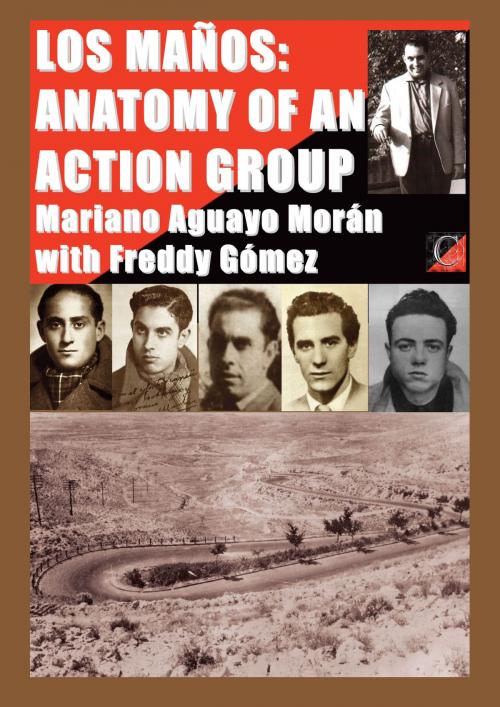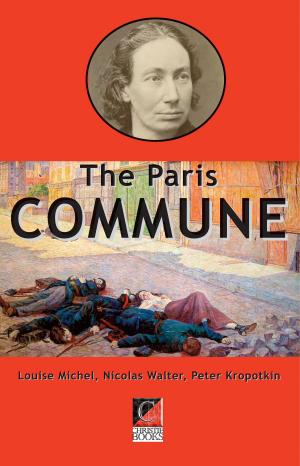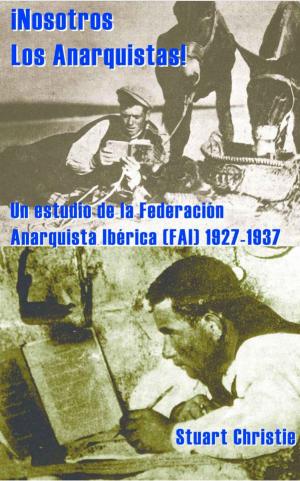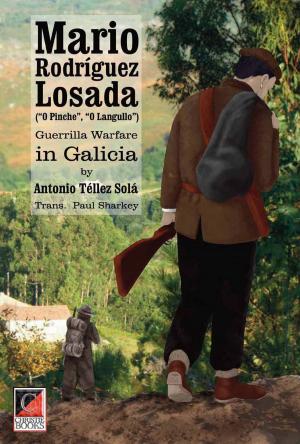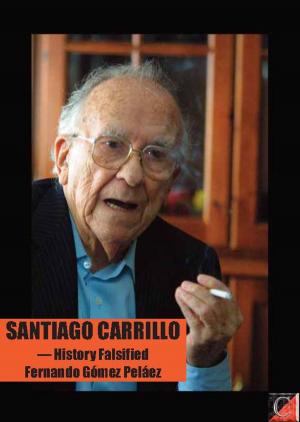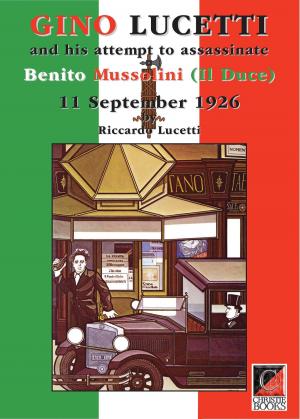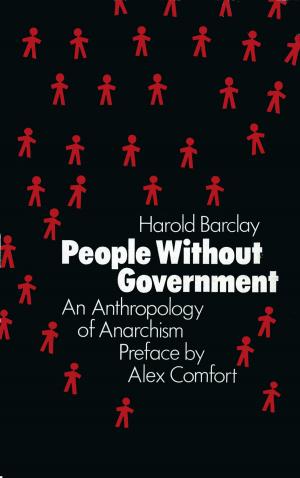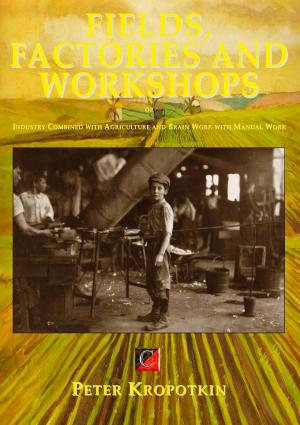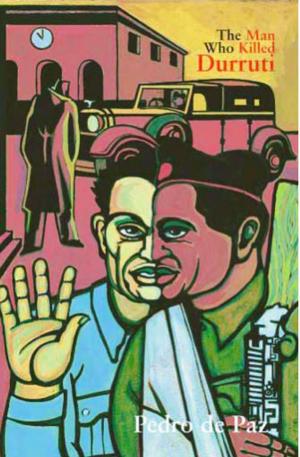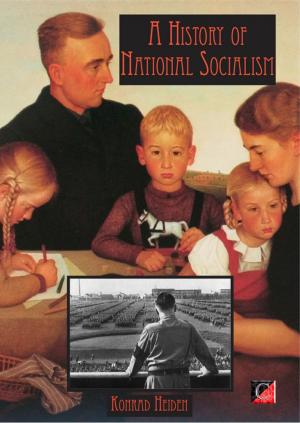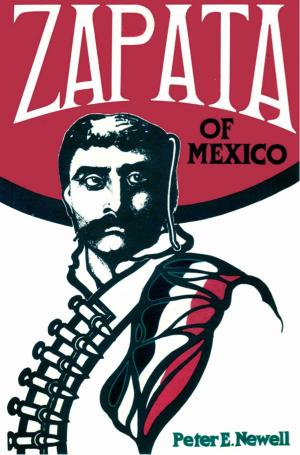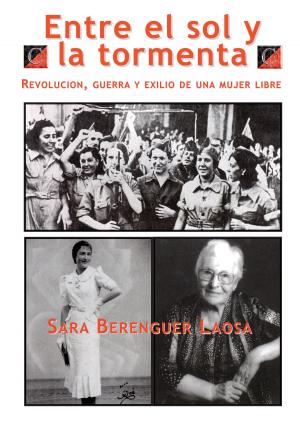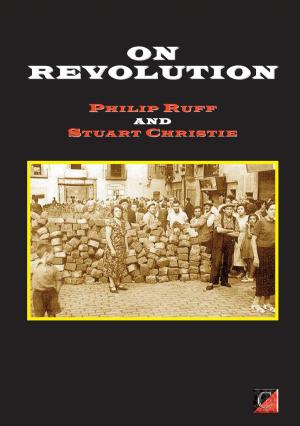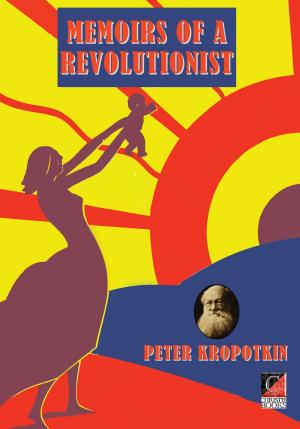LOS MAÑOS: ANATOMY OF AN ACTION GROUP
Nonfiction, History, Revolutionary, Spain & Portugal, Biography & Memoir, Historical| Author: | Freddy Gómez | ISBN: | 1230000272589 |
| Publisher: | ChristieBooks | Publication: | October 7, 2014 |
| Imprint: | ChristieBooks | Language: | English |
| Author: | Freddy Gómez |
| ISBN: | 1230000272589 |
| Publisher: | ChristieBooks |
| Publication: | October 7, 2014 |
| Imprint: | ChristieBooks |
| Language: | English |
In 1945 Mariano Aguayo Morán (1922 -1994) who had been active in a small group of anarchists and socialists, took up the armed struggle against Franco. Imprisoned for a few months in 1948, he moved to Barcelona in February 1949 and joined the Los Maños anarchist action group (maño being a slang term for natives of Aragon) led by Wenceslao Jimenez Orive (Wences); other members of the group included Simon Gracía Fleringan, DGM Rodolfo, Placido Ortiz Nicetas Gratal and Pardillo Manzanero. On March 2 1949, in Barcelona, Wences, Jose Lopez Penedo, Carlos Vidal Pasanau together with Francisco and Jose Sabate Llopart, ambushed what they believed to be the car of Eduardo Quintela, head of the Francoist secret police (BPS)n in Catalonia; they killed, instead, the secretary of the Falangist Youth Front, Manuel Piñol and his driver. Subsequently the group carried out a string of armed robberies in Madrid, Malaga, Seville and in France in order to fund an attempt on the life of Franco as he drove to his residence at the royal palace on Mount Pardo. A few months later they made a second, equally unsuccessful, attempt to blow up Franco’s convoy as it made its way up the steep winding road between Zaragoza and Madrid at La Cuesta de la Muela. Following their return to Barcelona on 2 January 1950 the group was betrayed by a disaffected member, Aniceto Pardillo Manzanero (The Kid), and most were arrested on 9 January just a few hours after Wences was gunned down in a police trap. They were later executed. Mariano Aguayo was fortunate to have been in Paris when the group was wiped out in Barcelona.
This interview with Mariano Aguayo Morán (1922-1994) in September 1976 provided an opportunity to get to grips with the history of the libertarian anti-Franco resistance in the crucial years after the war (1946-1950), the Second World War having inspired high but often disappointed hopes at a time when, after fascist regimes had been defeated, the Franco regime looked likely to be next in line to fall. The ‘Los Maños’ group, which grew out of the close friendship between two young men from the working class El Arrabal district of Zaragoza, was soon wedded to the cause of anarchist activism and drawn into the nebulous libertarian resistance of which Quico Sabaté (1915-1960) and José Lluís Facerías (1920-1957) were then the two emblematic representatives.
The reader will realise that the chief purpose behind this interview is not to extoll the praises of the shadow warriors from those times, but to learn from the story of the ‘Los Maños’ group, as told by one of its protagonists, the difficult circumstances in which such resistance occurred and understand the problems with which it had to grapple. There, to our way of thinking, is where its morsel of human truth resides.
In 1945 Mariano Aguayo Morán (1922 -1994) who had been active in a small group of anarchists and socialists, took up the armed struggle against Franco. Imprisoned for a few months in 1948, he moved to Barcelona in February 1949 and joined the Los Maños anarchist action group (maño being a slang term for natives of Aragon) led by Wenceslao Jimenez Orive (Wences); other members of the group included Simon Gracía Fleringan, DGM Rodolfo, Placido Ortiz Nicetas Gratal and Pardillo Manzanero. On March 2 1949, in Barcelona, Wences, Jose Lopez Penedo, Carlos Vidal Pasanau together with Francisco and Jose Sabate Llopart, ambushed what they believed to be the car of Eduardo Quintela, head of the Francoist secret police (BPS)n in Catalonia; they killed, instead, the secretary of the Falangist Youth Front, Manuel Piñol and his driver. Subsequently the group carried out a string of armed robberies in Madrid, Malaga, Seville and in France in order to fund an attempt on the life of Franco as he drove to his residence at the royal palace on Mount Pardo. A few months later they made a second, equally unsuccessful, attempt to blow up Franco’s convoy as it made its way up the steep winding road between Zaragoza and Madrid at La Cuesta de la Muela. Following their return to Barcelona on 2 January 1950 the group was betrayed by a disaffected member, Aniceto Pardillo Manzanero (The Kid), and most were arrested on 9 January just a few hours after Wences was gunned down in a police trap. They were later executed. Mariano Aguayo was fortunate to have been in Paris when the group was wiped out in Barcelona.
This interview with Mariano Aguayo Morán (1922-1994) in September 1976 provided an opportunity to get to grips with the history of the libertarian anti-Franco resistance in the crucial years after the war (1946-1950), the Second World War having inspired high but often disappointed hopes at a time when, after fascist regimes had been defeated, the Franco regime looked likely to be next in line to fall. The ‘Los Maños’ group, which grew out of the close friendship between two young men from the working class El Arrabal district of Zaragoza, was soon wedded to the cause of anarchist activism and drawn into the nebulous libertarian resistance of which Quico Sabaté (1915-1960) and José Lluís Facerías (1920-1957) were then the two emblematic representatives.
The reader will realise that the chief purpose behind this interview is not to extoll the praises of the shadow warriors from those times, but to learn from the story of the ‘Los Maños’ group, as told by one of its protagonists, the difficult circumstances in which such resistance occurred and understand the problems with which it had to grapple. There, to our way of thinking, is where its morsel of human truth resides.
